Woo Chia-wei Founding president of Hong Kong University of Science and Technology Despite its fast development over the past 30 years, we must admit that in terms of internationalization, the city of more than 14 million has remained far behind other cities such as Beijing and Shanghai. That’s due to Shenzhen’s short history. Judging from Shenzhen’s past experience, Shenzhen can undoubtedly catch up in short order, and become a major international metropolis in South China. A modern international city should have modern, global, knowledge-based enterprises, service sectors and economies; academic R&D and cultural centers; high-quality education and health services; a safe and comfortable environment and recreational areas; and facilities rich in culture and good taste. I propose that Shenzhen establish an international academic institution. In the first phase of the institution, Shenzhen should establish the Shenzhen-Hong Kong R&D Center, by inviting leading universities from Hong Kong and overseas to form an academic alliance. The R&D center could be expanded into a Pearl River Delta Research Institute and later be turned into a South China Union College in accordance with government policy. The objectives of the college would be to help upgrade technology industries in Shenzhen, Hong Kong and their neighboring region, and assist government, business, industrial and academic sectors to train, attract and retain world-class talents. 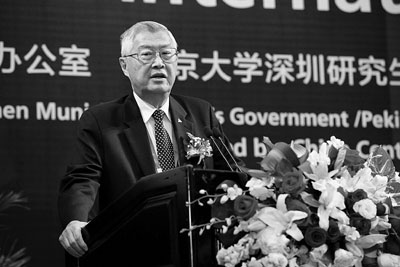 Fung Kwok-King Chairman of the Fung Group of Hong Kong Shenzhen is a close regional economic partner of Hong Kong. The two sides should cooperate closely, especially in the modern service industry, to establish regional competitiveness. In August 2011, then Vice Premier Li Keqiang said in his visit to Hong Kong that the mainland and Hong Kong would liberalize the service industry by the end of 2015. Shenzhen has made great achievements in high-tech. The production volume of the service industry will account for 60 percent of its total industrial output by the end of 2015. It is advantageous in finance, logistics, trade and exhibition industries. The two sides should cooperate in these fields by taking chances such as the Qianhai development. 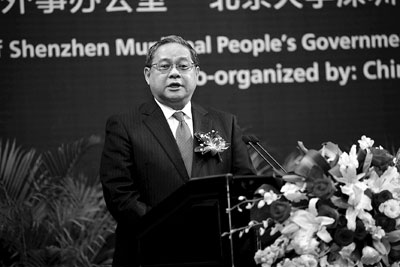
Wu Jianmin Vice chairman of China Institute for Innovation and Development Strategy I think this symposium is very useful because Shenzhen leaders of different levels have participated and listened to the ideas of scholars on the city’s development. In major Chinese cities, leaders have come to care about their city’s image, especially after the reform and opening up. A good city image can attract investment. World cities face a new situation featuring fierce competition and the fast spread of information in the new era of globalization, making a city’s reputation extremely important. To become an international city, we must improve the people’s civility and protect the city’s image. Two months ago, there were protests against Japan in Shenzhen streets, about the Diaoyu Islands dispute. Some protesters vandalized public property and damaged Japan-made cars. It wasn’t patriotism and it marred Shenzhen’s reputation as the city strives to become an international city. 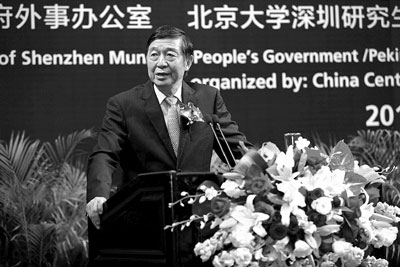 Zheng Yongnian Director of the East Asian Institute in Singapore I’m very happy to hear that Shenzhen Party chief Wang Rong said internationalization could be a breakthrough aspect of Shenzhen’s next round of reforms. The objective of administrative reform is to shift the principle of urban development from bureaucratic and business interests to the basic interests of the people. The globalization of cities requires a free flow of factors of production across the world. This, in turn, demands a lower level of bureaucratization in the cities, particularly for the sake of attracting talent. Chinese cities have been too bureaucratized for this task. Not only is there a huge, overarching administrative system, but important public organizations like hospitals, universities and research institutes also carry administrative ranks. The existence of such ranks is a hurdle for global talent trying to enter China and excel in specific fields. Although the Chinese Government is constantly hammering out various plans to attract talent, there has been a general outflow of high-level talent from China. The existence of administrative ranks is a major hindrance for returning talent, as they often need to enter the administrative system at the cost of professional activities. 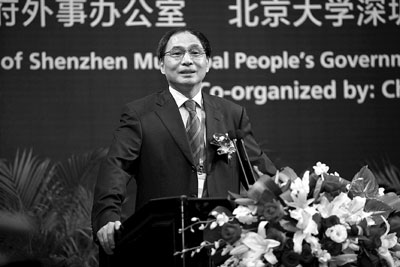 Richard Herd Chief economist for China and India with the Organization for Economic Cooperation and Development The defining characteristic of a world city is a high level of human capital. International cities rely on communication and innovation. The human skills that served to make Shenzhen a world-class base for high-tech assembly and manufacturing will not be sufficient to make the next leap to an innovative and internationalized city. The policies to bring Shenzhen to the next level should be based on scientific development. A number of studies have shown that the human capital of the main Chinese rivals to Shenzhen is being wasted. A change in policies in Shenzhen could give it the edge compared to its rivals. Innovative policies are needed to improve Shenzhen’s human capital. The special position of Shenzhen requires that education policies fully utilize the education potential of young people. 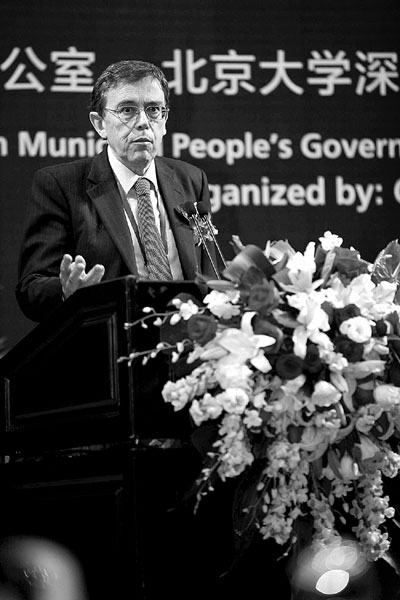 Ma Weihua President and CEO of China Merchants Bank Big Data technology, an essential capability and a foundation for an intelligent economy, has been used in social construction and economic development. As far as Shenzhen is concerned, it can play an important role in government public service, administrative reform, construction of ecological environments, and industrial transformation and upgrading. A world city needs a congregation of different resources on a large scale, active economic and social activities and extensive international exchanges. All these rely on first-class public services. Big Data technology can guarantee and improve public services. For example, Singapore improved the efficiency of its health care system through data analysis, by reducing repetitive treatments. Traffic accidents in Boston, the United States, dropped by 20 percent over the past 30 years, even though the city’s number of vehicles tripled, through Big Data analysis. Big Data technology also can improve government efficiency by simplifying approval procedures. 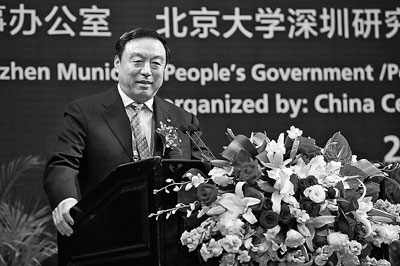 Hai Wen Vice president of Peking University In the process of making Shenzhen an international city, cooperation with Hong Kong and other Pearl River Delta cities is an important strategy. Successful cooperation among delta cities could bring about the rise of a cluster of cities with big economic and cultural potential. Shenzhen is on its way to becoming an influential city in terms of its economy and culture. Every year, 200,000 foreigners visit Shenzhen. In Shenzhen High-Tech Industrial Park alone, there are 46 overseas science and trade organizations from 33 countries and regions. Shenzhen is becoming an open and diversified city. According to the Economist Intelligence Unit’s Global City Competitiveness Index, released in March, Shenzhen ranks 52nd among world cities and fourth among mainland cities. The findings went beyond economic strength, financial maturity and physical capital and considered other factors — such as institutional effectiveness, social and cultural character, human capital, environmental and natural hazards and global appeal — for the overall ranking. Shenzhen is also included in such rankings by the Wealth Report, the Globalization and World Cities Research Network and U.S. Foreign Policy magazine. 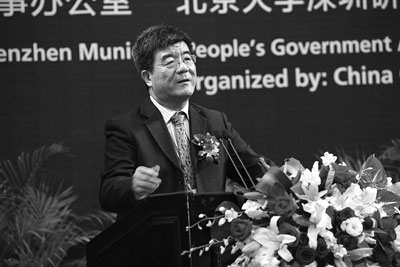 (Transcribes by Han Ximin, photos by Sun Yuchen) | 
